Emily Dickinson is as much myth as she is person. Watch the trailer for a movie that shows her to be a spirited rebel instead of a shy recluse. However, the truth of her character may be found somewhere in the middle.


Emily Dickinson is as much myth as she is person. Watch the trailer for a movie that shows her to be a spirited rebel instead of a shy recluse. However, the truth of her character may be found somewhere in the middle.

Due to high rental rates and low salaries in the 1920s through the 1950s, black tenants in Harlem threw rent parties to help pay their rent. Langston Hughes collected cards advertising such events.
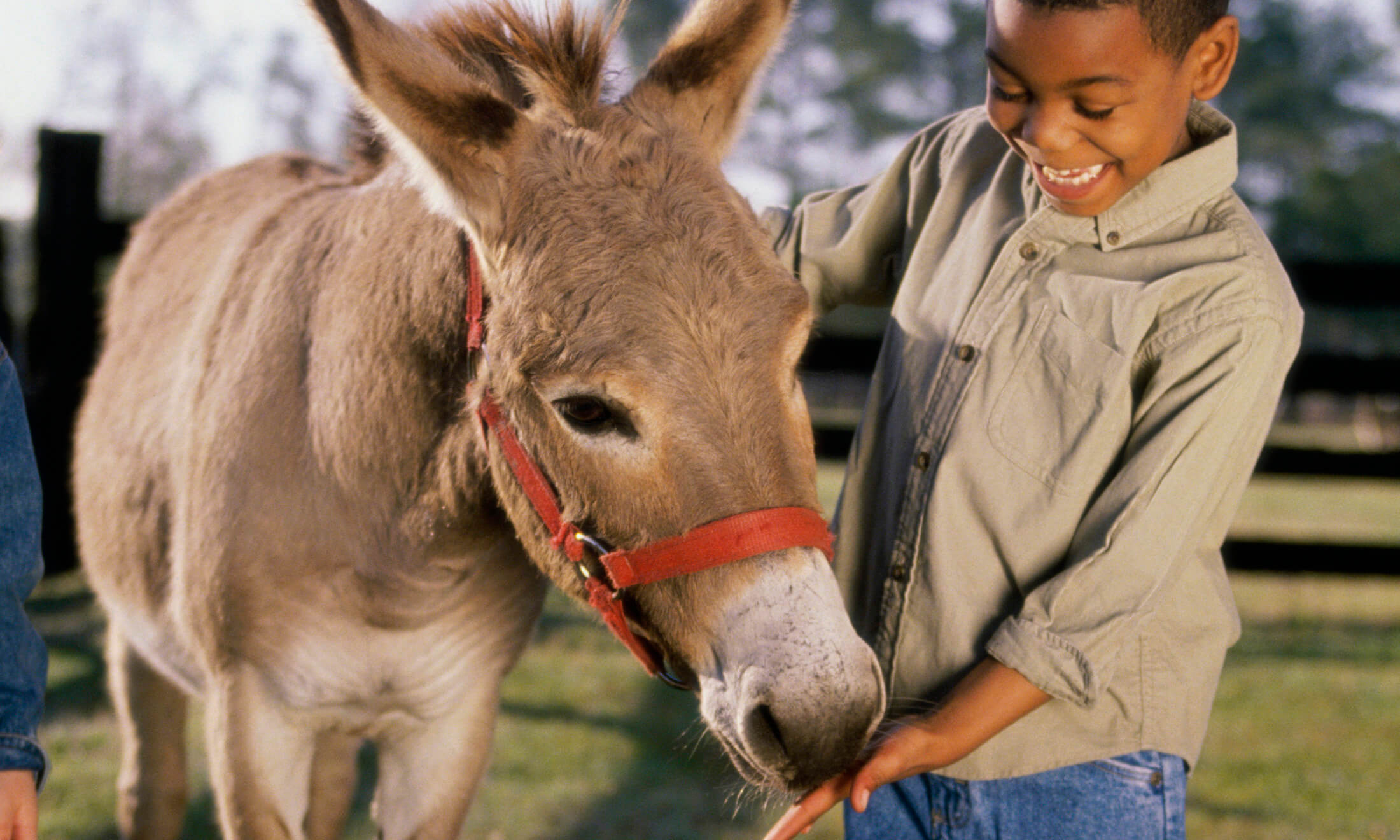
“A man, two donkeys, and precious cargo.” This is how many would describe Luis Soriano and his traveling donkey library.

After observing a mechanical “couple” that was created as an art installation, one viewer writes about how technology might affect the mystery and destiny of love. Watch the video embedded in the article to view how the two robots interact.

Critic Donovan Hohn profiles the work of nature writer Annie Dillard as he reviews her latest book, The Abundance, a curated anthology of her essays.
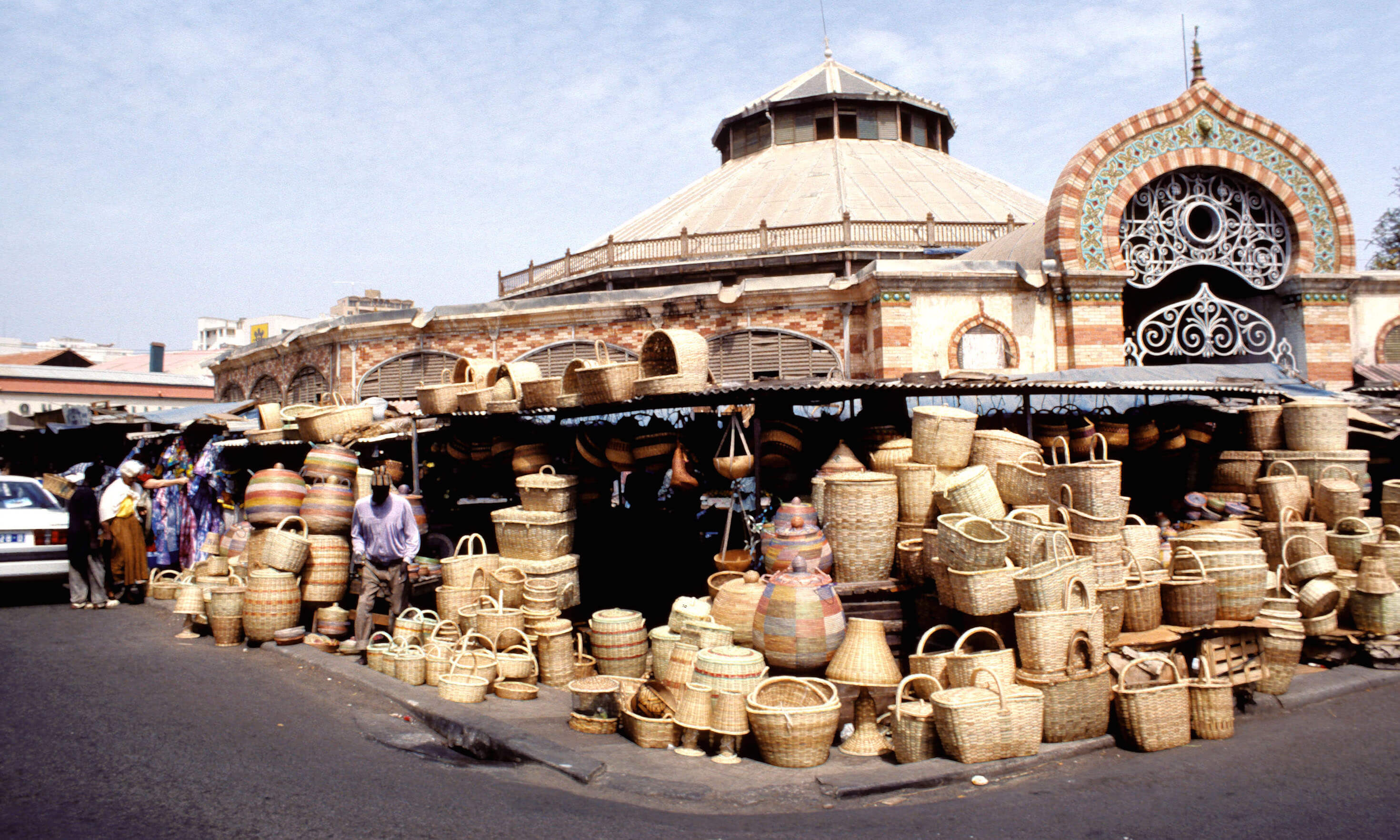
Read about a woman who explores the world with Google Streetview, using the project as an artistic outlet and to raise awareness for agoraphobia.
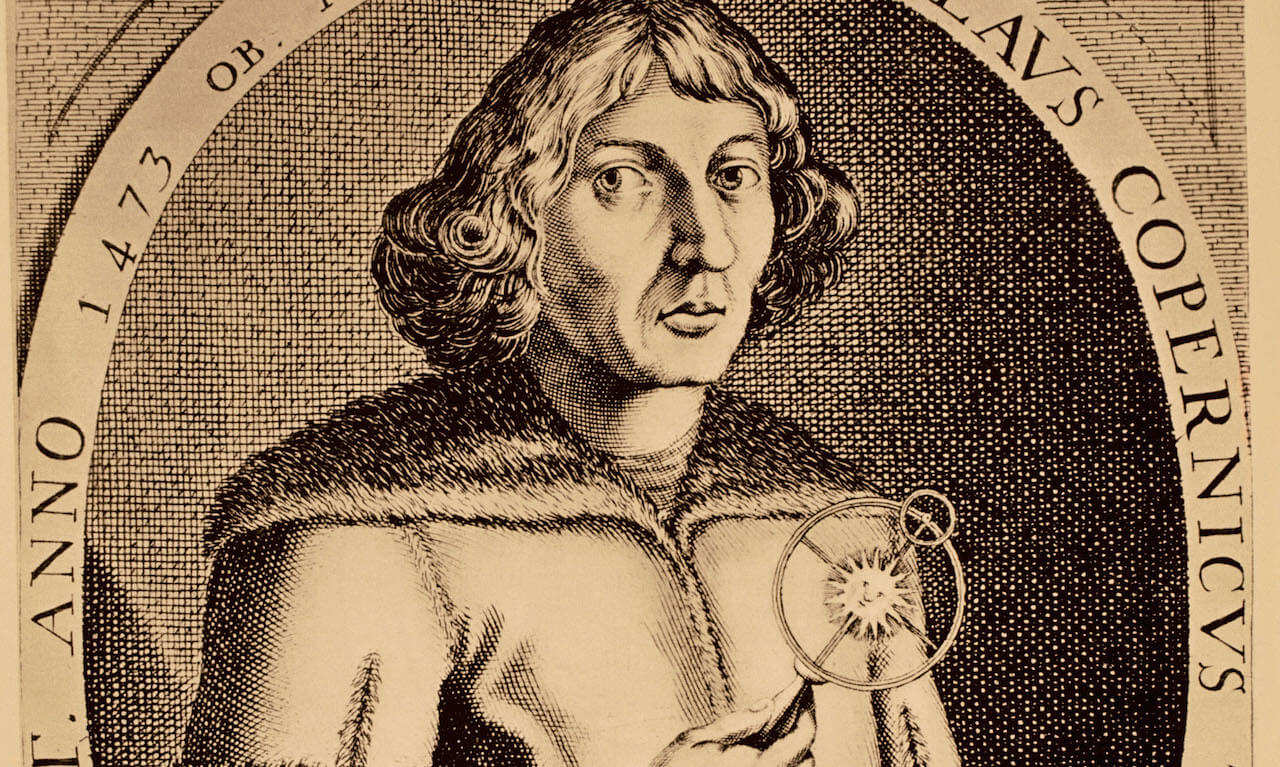
While many scholars believe Shakespeare was not aware of scientific advancement in his time, a few propose places in Shakespeare’s plays that give a nod to Copernicus and Galileo.
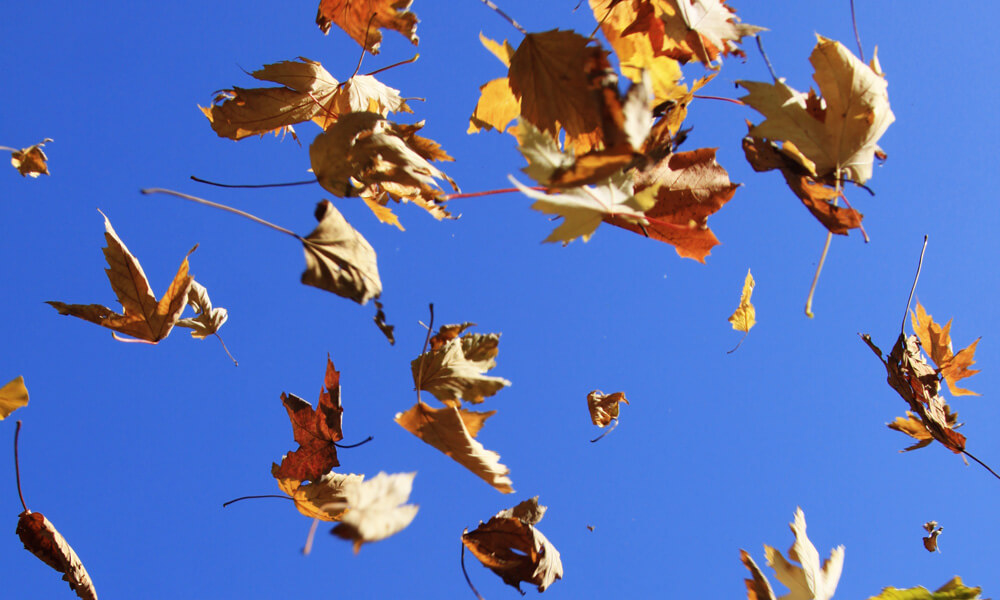
Thomas Riedelsheimer, director of the film “Rivers and Tides,” has teamed up with artist Andy Goldsworthy for a new documentary called “Leaning Into the Wind.” Read this review to learn more.

Charles Brockden Brown’s Wieland is considered the first American horror novel. Read what one modern-day reviewer thinks of its twists and turns.

Tom Kiefer, a former Border Patrol janitor, collected items confiscated from people trying to cross the Mexico-United States border. Look through the photos in the article to see the personal belongings of those who embarked on this dangerous journey.
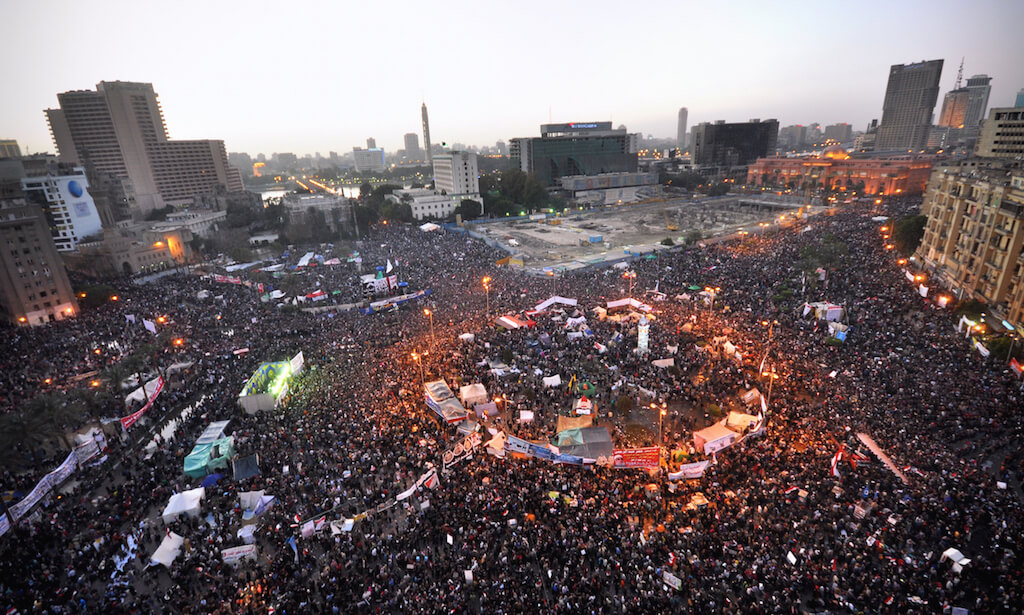
Find out why fiction works well as a way to explore the still-uncertain outcomes of the 2011 Arab Spring movement.

In this interview, author Etgar Keret explains how giving ice cream to a crying child showed him the value of living in the moment.

Difficult choices make spellbinding memoirs. Get a sneak peek at 10 recent memoirs that you might want to check out for yourself.
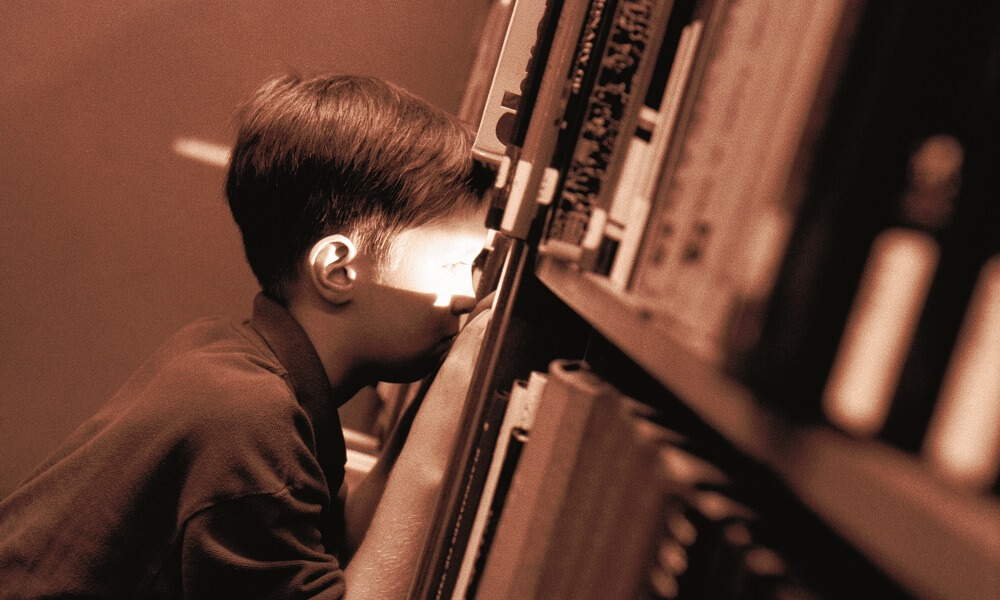
How young is too young for a horror story? A parent and book reviewer shares his thoughts.

Although she is best known for writing the childhood classic Little Women, Louisa May Alcott was far more interested in advocating for freedom for all. Learn more about this multifaceted American author.

Can a video game inspired by Walden inspire you to “live deliberately”? Read the article and watch the game trailer here to make your own judgement.

During the Civil War, when photography was a new medium, a minister and amateur historian raced to capture images of the last surviving veterans of the American Revolution.

In this essay, Arthur Miller describes how he prepared to write his famous play by immersing himself in the world of the Salem witch trials.

A local council of Alaska Native groups took a story passed down by generations of the Inupiaq tribe and turned it into a video game. The game has already won several awards and has introduced the culture to a wider audience.

There’s no question that Edgar Allan Poe has made a lasting impression on American popular culture. This article uses the release of a movie about a dangerous obsession with Poe to take a look back at the author’s pop culture legacy.